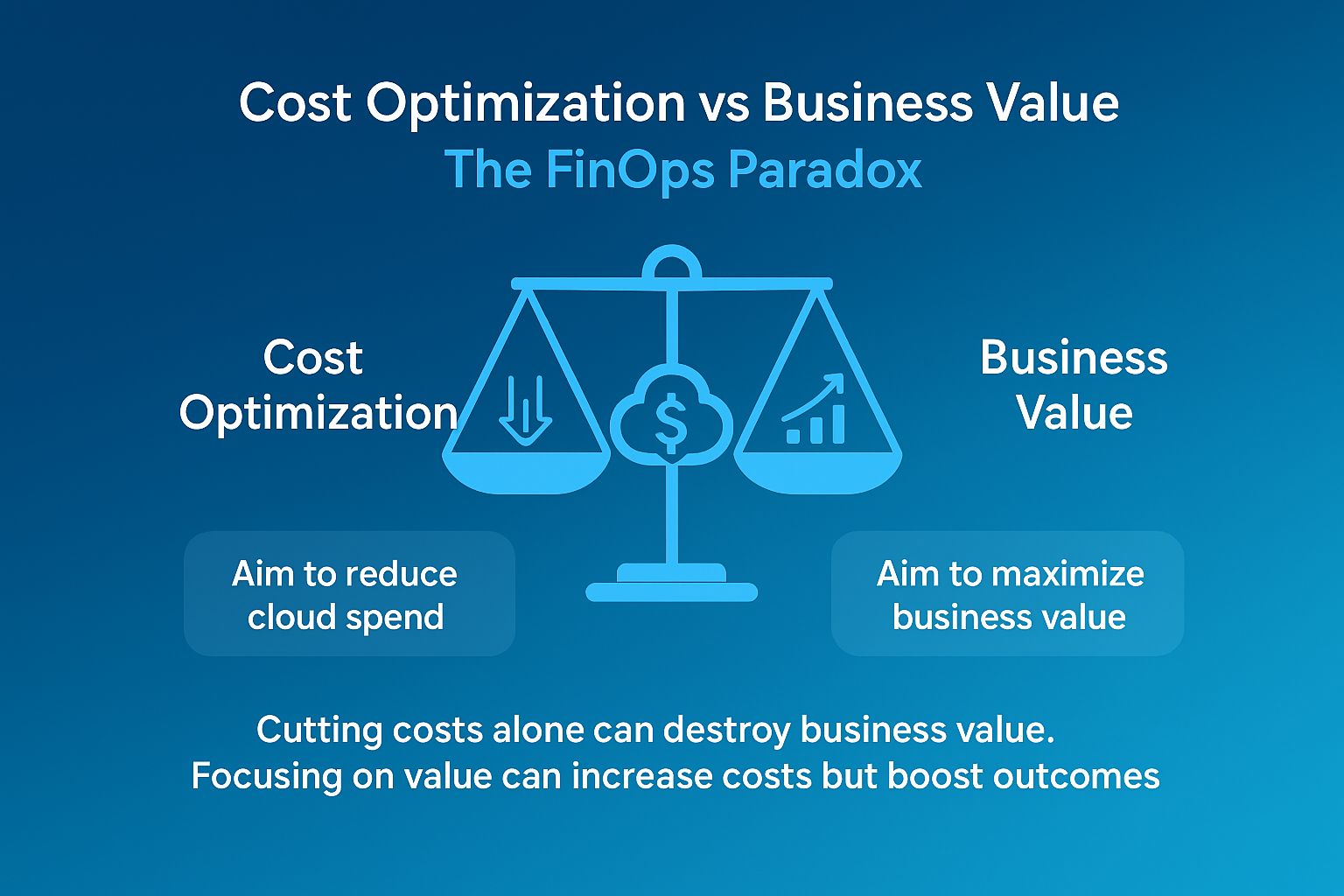Not risking is the biggest risk of all, but risking without knowing is disastrous. Managing risks in projects involves systematic techniques for identifying, assessing, and mitigating potential threats. Here are the proactive approaches to manage risks effectively.
1. Identify Risks Early
If you are unable to identify the problem, you cannot solve it. Project management requires details and breakdown matrix to last logical element. Easy as it may sound, it makes the whole difference to your project.
The first step in risk management is early identification. Utilize techniques like brainstorming sessions, SWOT analysis (Strengths, Weaknesses, Opportunities, Threats), and checklists to uncover potential risks. Engage your team in this process to capture diverse perspectives.
2. Prioritize Risks
If everything that is coming to you is urgent and important, there is fundamentally wrong with the way things are coming up, go back to the board and check the basics again. Once identified, prioritize risks based on their potential impact and likelihood. This can be done using a risk matrix, which helps in categorizing risks as high, medium, or low. High-impact, high-likelihood risks should be addressed immediately.
3. Develop Risk Mitigation Strategies
For each high-priority risk, develop a mitigation plan. This might include contingency plans, alternative strategies, or preventive measures. For example, if a project risk involves a key supplier failing to deliver, a mitigation strategy could be identifying alternative suppliers in advance. Don’t overthink it, find out what did not work and build what will work better.
4. Regularly Review and Update Risks
Risk management is an ongoing process. Regularly review and update your risk register to reflect any changes in the project environment. This allows you to adapt to new risks promptly and modify existing risk strategies as needed. Find your sponsor/stakeholders and update them, as it is better to know things before, they happen. The idea is making people aware of deviation from the plan.
5. Communicate Effectively
Maintain open and transparent communication about risks with your team and stakeholders. Regular updates and discussions about risk status ensure that everyone is aware and prepared to take necessary actions. What if is the team is not responding? Check if the business justification is still viable. It is better to move assets to a better project than to drag a non-viable one.
Conclusion
Effective risk management is not just about avoiding pitfalls; it’s about seizing opportunities. By identifying, assessing, and mitigating risks proactively, businesses can turn potential threats into a competitive advantage. This proactive approach not only safeguards your project but also drives innovation and resilience. Embrace these strategies to transform your risk management practices and unlock your project’s full potential, ensuring sustainable growth and success in an ever-evolving business landscape.
Image Credit: image from Freepik




